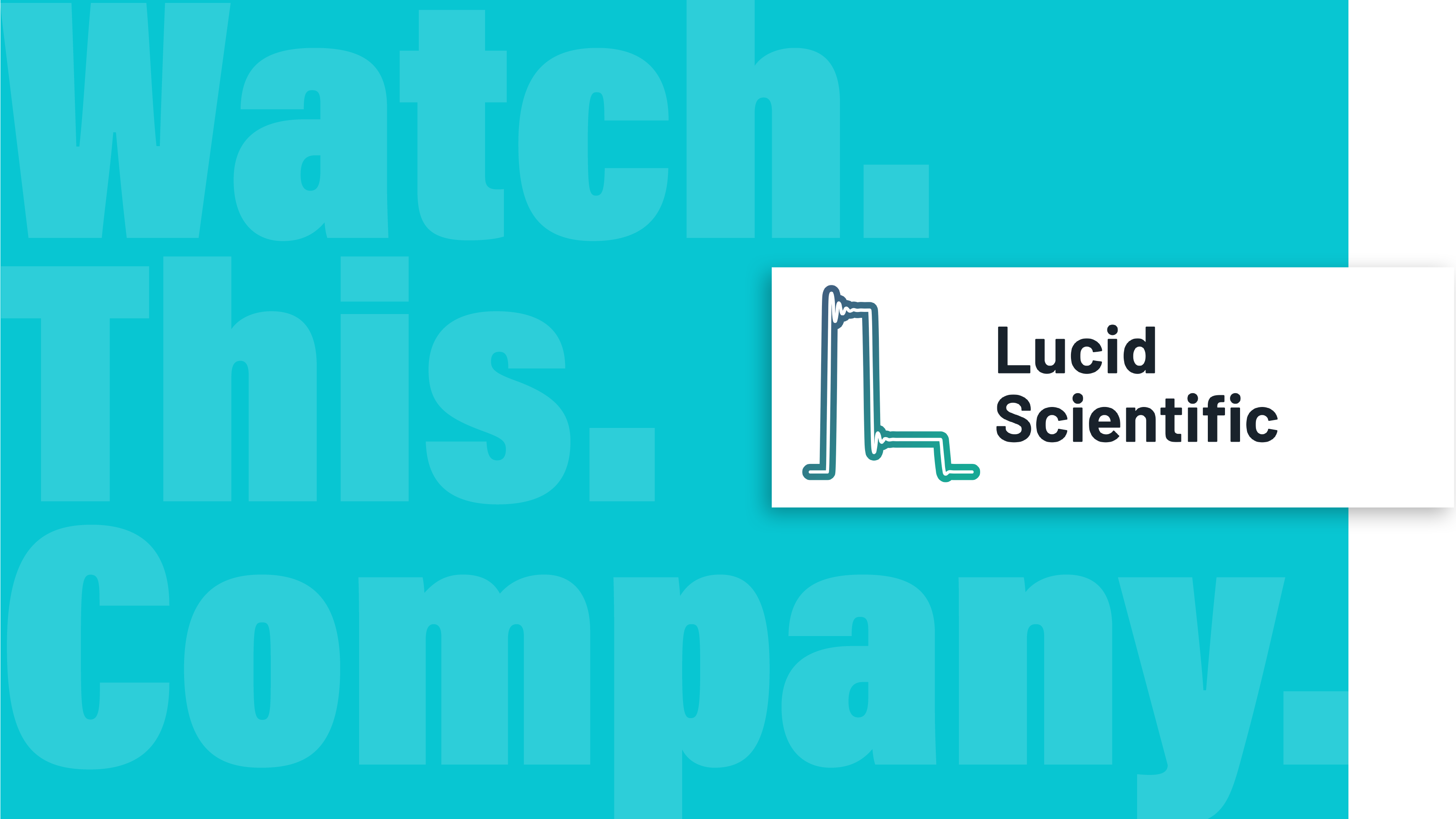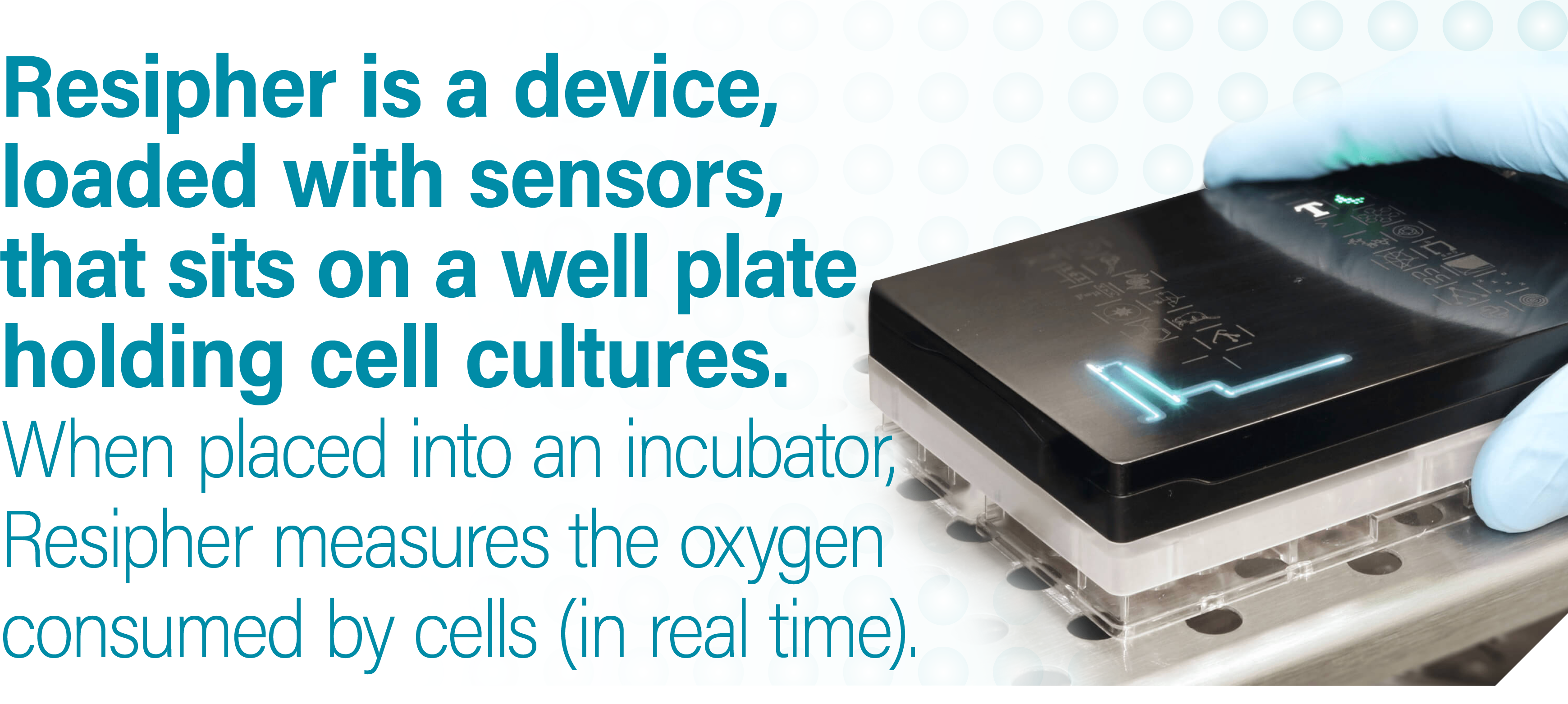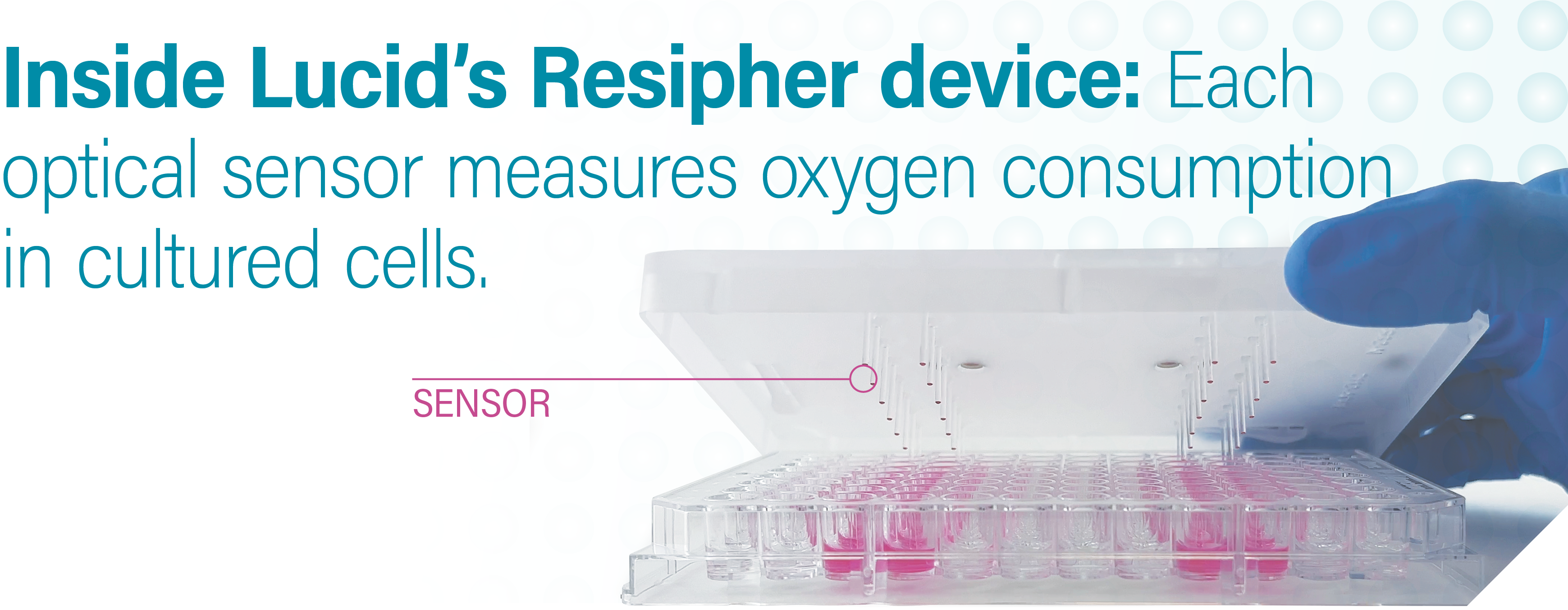

Lucid Scientific is answering this crucial question.
That answer centers on an early stage of drug development. It's the point when potential treatments are tested on cells in the laboratory — long before being tested in animals and people.
When scientists apply possible drug compounds to cells in these controlled conditions, they have to wait to see what the drugs will do to the cells.
It’s that “wait to see” part that Lucid is changing. And their invention has extraordinary market potential.
It takes years of lab work to evaluate potential therapies on live cells.
One reason is that drug compounds can affect how cells convert oxygen to energy, a process that’s enormously important to safety and effectiveness. If a drug compound harms that process, it’s “game over” for testing that drug.
The current view of this metabolic process is limited: In their cell-culture experiments, researchers can only get snapshots to indicate the effects potential drugs are having on cells. Lucid’s technology is a breakthrough – it reveals the cells’ consumption of oxygen as it’s happening.
This real-time information provides much deeper insight into the growth of cells and how cells respond to dosages. It also yields other experimental data that's valuable.

Scientists use well plates to conduct cell-culture experiments. Lucid gives them a disposable lid that attaches to the well plate. The lid is loaded with sensors and scanning technology; after the well plate and lid are placed into an incubator, the sensors communicate what’s happening inside the plate to Lucid’s data hub.
The system, called Resipher (re-SY-fer), converts data about oxygen levels into measurements of oxygen consumption by the cells. That data is sent to the cloud, where researchers can monitor it from anywhere.

“Many diseases have pathways where oxygen consumption is critically important to understanding how the disease persists and progresses,” says Walker Inman, co-founder of Lucid. “For example, a lot of cancerous tumors can grow in a low-oxygen environment. So, developing drugs that function in this environment is essential, and Lucid’s Resipher system makes that process much more exacting.”
Inman explains a second application for Resipher that’s important as well – providing new insight into the evolution of cells themselves.
“For instance, understanding how stem cells evolve into mature cells is important, but it’s hard to do that by taking snapshots of their characteristics along the way,” Inman says. “Our technology provides a steady readout of how these cells function over time, and in a non-invasive way. That has wide implications for basic research.”
Both kinds of exploration – drug development and cell evolution – represent a vast market for Lucid.
“Of course, pharmaceutical companies are developing new drugs,” Inman says, “but government and university research labs benefit from the broader and deeper insights that our Resipher system provides. For that matter, most lab experiments involving cells would benefit from Resipher.”

RESIPHER can improve an estimated 60 million experiments performed each year by researchers in the lab. Public and private research laboratories and makers of cell-culture research instruments are suitable clients and partners for Lucid.
In 2020, Lucid began expanding its direct sales and marketing capacity and added strategic distribution partners.
“We’re already seeing a global demand,” Inman says, adding that it’s evenly distributed across the Americas and Europe and is beginning to emerge in Asia.
LUCID SCIENTIFIC
Launched: 2012
GRA investments: Phase I and II venture development grants totaling $108,806, and a Phase III loan of $350,000. Walker Inman: “Grants from GRA were critical in our early stages of development as we partnered with scientists from Emory to perfect the product design.”
GRA Venture Fund:Participated in Lucid’s October 2020 seed round, which totaled $3 million.
Leadership: Co-founders Walker Inman and Richard Bryan.
Intellectual property: Optical sensor patent granted in 2015; other patents pending
Other investors: Dynamk Capital, angel investors, private individuals.